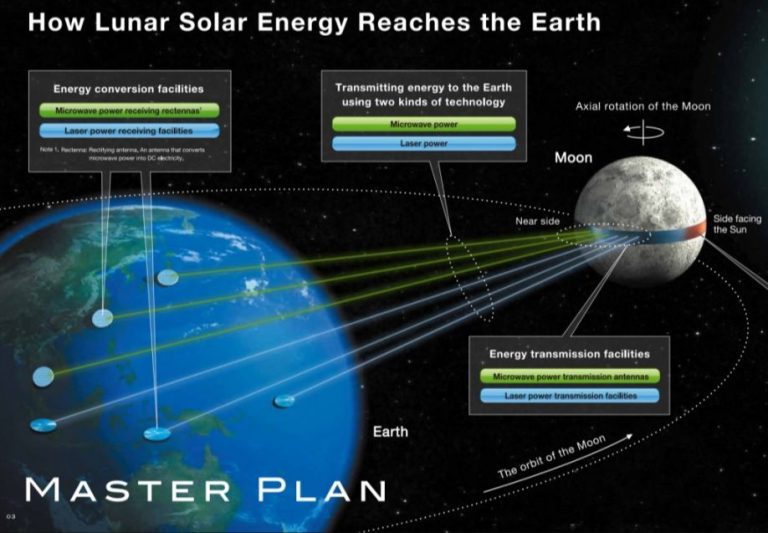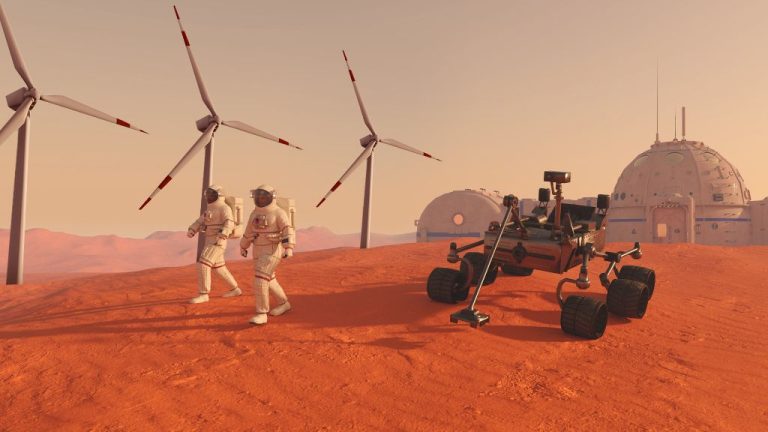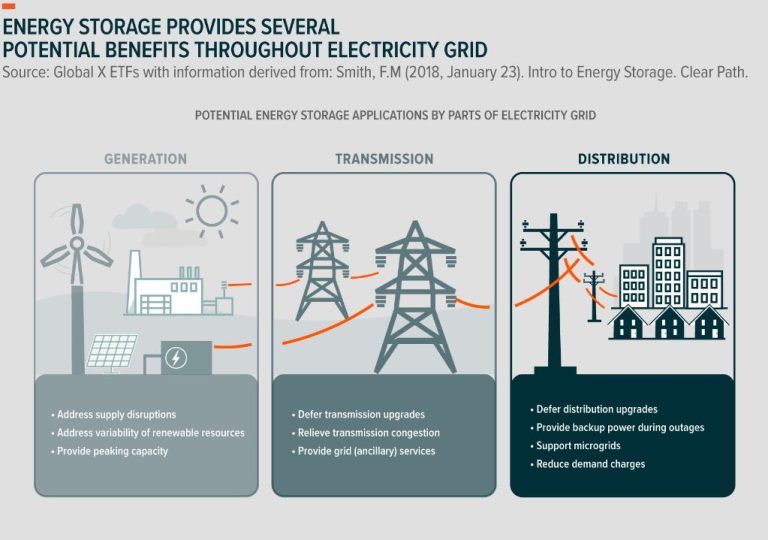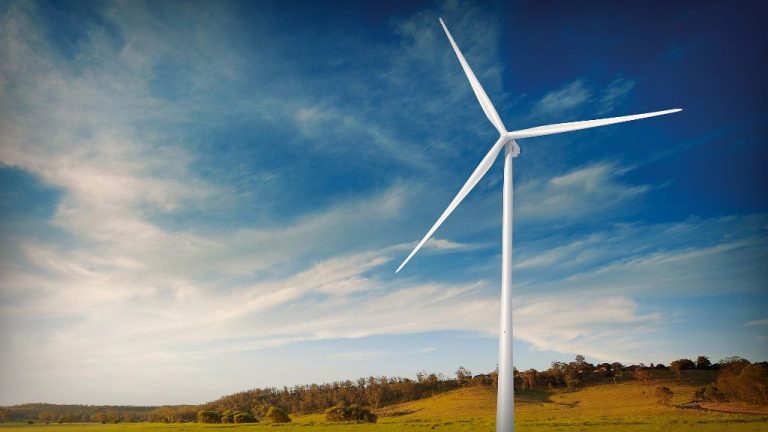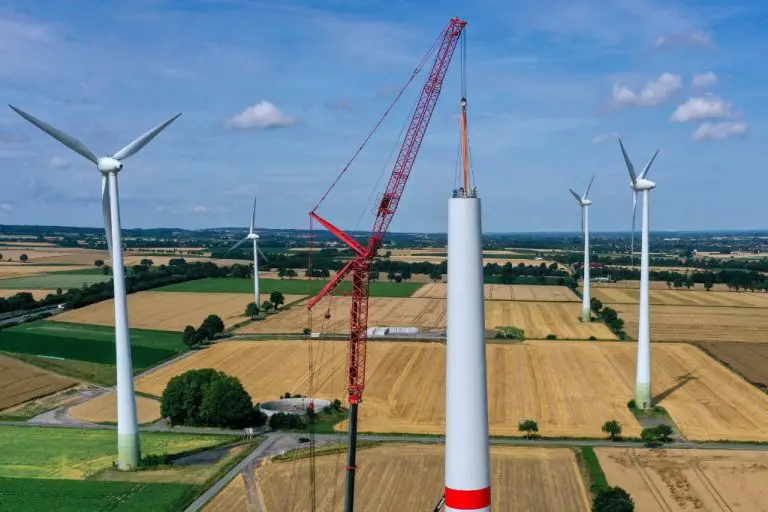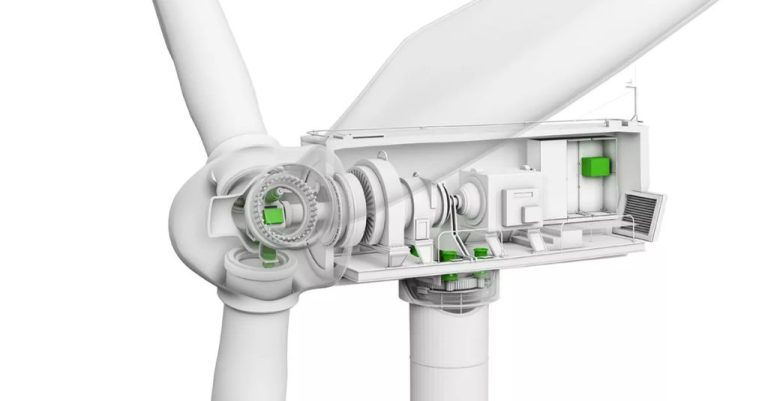What Is The Name Of The Energy Associated With The Wind?
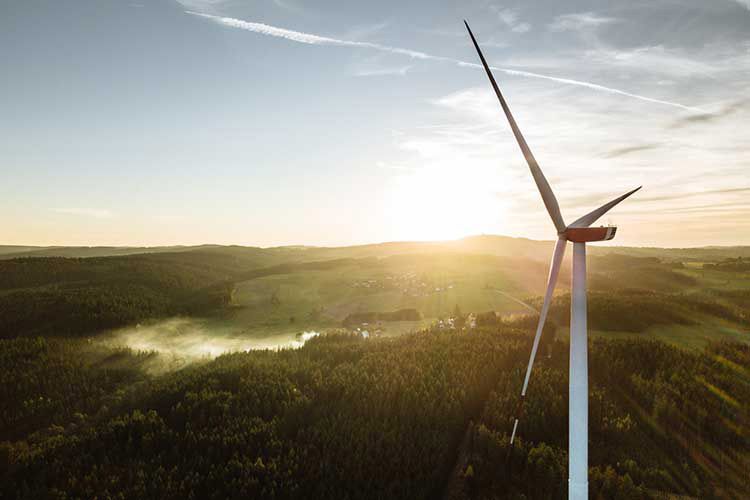
What is Wind Energy?
Wind energy is a form of renewable energy that uses the natural power of the wind to generate electricity. As defined by the U.S. Department of Energy, “Wind power or wind energy describes the process by which the wind is used to generate mechanical power or electricity” (https://windexchange.energy.gov/what-is-wind). Wind is considered a renewable energy source because it is continuously replenished by solar energy and the heat from the earth. The wind is created by the uneven heating of the atmosphere by the sun, the irregularities of the earth’s surface, and the rotation of the earth.
Wind energy is harnessed by wind turbines, which convert the kinetic energy of the wind into mechanical power that can then be used to generate electricity. The wind turns the blades of the wind turbine around a rotor, which spins a generator to create electricity. Power companies distribute the electricity for commercial and residential uses.
How Wind Energy Works
Wind turbines convert wind energy into electricity using a simple principle. When wind blows past the blades of the turbine, the blades start to rotate. The blades are connected to a drive shaft that turns an electric generator to produce electricity. https://www.energy.gov/eere/wind/how-do-wind-turbines-work
Specifically, the wind turns the angled blades on the wind turbine. As the blades spin, they turn a shaft connected to a generator. The generator then converts the mechanical power into electrical power. https://www.nationalgrid.com/stories/energy-explained/how-does-wind-turbine-work
History of Wind Energy
People have been harnessing the power of the wind for many centuries. The earliest known use of wind power dates back to 200 B.C. in ancient Persia, where simple wind-powered water pumps were used. By the 7th century A.D., windmills with woven-reed blades were grinding grain in parts of the Middle East.
In Europe, windmills first appeared in the 12th century. These early windmills, with their iconic four-bladed wooden frames, were an important source of power through the 18th century, used primarily for grinding grain, pumping water and cutting wood. The American colonists brought windmill technology to the New World in the late 19th century and used them to pump water and generate electricity.
The first electrical wind turbine was built in Scotland in July 1887 by Scottish academic James Blyth to light his holiday home in Marykirk. It had a 10-meter tower and rotating sails with a total span of 17 meters. This pioneering design would lead to the development of increasingly efficient wind turbines throughout the 20th century.
The oil shortages of the 1970s led to renewed interest in wind energy. In the early 1980s, wind farms consisting of clusters of interconnected wind turbines began popping up in California, and the United States experienced a boom in wind energy development. The growth of wind power has increased steadily since then, aided by technology advances, cost reductions and government incentives.
Wind Energy Production
Wind energy has become one of the most prevalent renewable energy sources in the world. According to the International Energy Agency (IEA), over 50 countries use wind power to meet their energy needs today. In 2020, global wind power capacity reached 341 gigawatts (GW). This is enough to provide electricity to hundreds of millions of homes worldwide. In the United States, wind power generates about 8% of all electricity, according to the U.S. Energy Information Administration (EIA). Wind is now the largest source of renewable electricity in the country.
The amount of electricity generated from wind energy has grown rapidly in recent decades. The EIA reports that annual U.S. electricity generation from wind increased from about 6 billion kilowatthours in 2000 to over 380 billion kilowatthours in 2021. Global growth has been equally impressive. The Global Wind Energy Council finds that worldwide wind power capacity has doubled about every three years since 2000. As technology improves and more turbines are installed, wind looks poised to continue as a major electricity source for years to come.
Wind Turbine Components
The main components of a wind turbine are the tower, rotor blades, and nacelle (https://www.energy.gov/eere/wind/how-wind-turbine-works-text-version).
The tower is the tall structure that supports the rotor and nacelle. Towers are often made of tubular steel, concrete, or steel lattices (https://windmillstech.com/wind-turbine-components/). Taller towers allow turbines to capture more wind energy.
The rotor blades are the aerodynamic surfaces that capture the wind’s kinetic energy. Most modern wind turbines have three rotor blades made of fiberglass or carbon fibers (https://www.energy.gov/eere/wind/how-wind-turbine-works-text-version).
The nacelle sits atop the tower and contains the gearbox, generator, controller, and brake. Some nacelles are large enough for a helicopter to land on. The gearbox and generator convert the rotor’s low-speed rotation to high-speed rotation to generate electricity (https://windmillstech.com/wind-turbine-components/). The brake stops the rotor mechanically for maintenance or during high winds.
Advantages of Wind Power
One of the biggest advantages of wind power is that it is a renewable source of energy. Unlike fossil fuels such as coal, oil and natural gas that require extracting finite resources from the earth, the wind is a naturally replenishing resource. As long as the sun shines and heats up different areas of the land and ocean at different rates, the wind will always blow [1].
Another major benefit is that wind energy has zero emissions. Wind turbines produce electricity without emitting greenhouse gases or air pollutants. This makes wind energy one of the cleanest sources of electricity available today [2].
The costs of wind power have also been declining dramatically in recent years. Since 2009, the cost of wind energy in the U.S. has fallen by 69%. Improvements in turbine technology, more efficient manufacturing, and economies of scale as the industry matures have all contributed to reducing costs [3].
Wind energy can also provide important economic benefits, especially for rural communities. Wind farms located on agricultural land or grazing areas can provide farmers and ranchers with a stable income from land lease payments. Wind projects also create jobs and tax revenue for local communities [3].
Disadvantages of Wind Power
While wind energy has many benefits, there are some challenges with relying on wind power. Some key disadvantages of wind energy include:
Intermittent Source
Wind energy is an intermittent energy source, meaning it is not available at all times. The wind is unpredictable and doesn’t blow steadily. Wind power relies on actual wind speeds and is hindered during periods of low wind speeds [1]. This can make wind energy an inconsistent source of power.
Location Constraints
Ideal wind farm locations are often in remote areas, far from cities and electricity demand centers. Windy locations like plains, open water, and mountain passes are optimal for wind farms. However transmitting the electricity from distant wind farms to cities is challenging and can result in transmission losses [2].
Upfront Costs
While wind power has a low operating cost, the upfront capital costs of installing wind turbines and building supporting infrastructure can be substantial. The turbines, land acquisition, grid connections, and permitting can add up to millions of dollars in upfront costs before any electricity is even generated.
Aesthetics and Noise
Modern wind turbines are massive structures that can be visible for miles in open landscapes. Many people find them aesthetically unappealing. Wind turbines also generate noise as the blades spin, which some view as a nuisance.
Future of Wind Energy
The future looks bright for wind energy, with major growth expected both onshore and offshore. According to the U.S. Department of Energy’s Wind Vision, wind has the potential to reliably supply 10% of U.S. electricity demand by 2020, 20% by 2030, and 35% by 2050. Significant cost reductions are expected as the technology matures.
Offshore wind in particular offers huge potential, with vastly greater energy generation possible than on land. Floating offshore turbines open up even more possibilities. According to the Wind Vision report, offshore wind accounts for 7% of wind energy in 2030, growing to 22% by 2050. Europe currently leads in offshore wind capacity, but the U.S. and China are making major investments.
Beyond the U.S. and Europe, new markets for wind power are rapidly developing worldwide. Countries such as Brazil, India, Mexico, South Africa, and Saudi Arabia are investing heavily in wind farms to meet growing energy demands and sustainability goals. Asia is seen as the next big market for wind power.
Technological improvements are also critical for scaling up wind energy. Larger and more efficient turbine designs, smart grid integration, forecasting tools, and advanced materials will all help drive down costs and increase capacity factors. With supportive policies and continued innovation, the future is bright for wind power.
Major Wind Energy Companies
Some of the top wind energy companies leading the industry globally include:
Vestas (Source)
Headquartered in Denmark, Vestas is one of the world’s largest manufacturers of wind turbines. They have installed over 75 GW of wind power capacity across 80 countries. Vestas invests heavily in wind turbine research and development.
GE Renewable Energy (Source)
With over 40,000 wind turbines installed worldwide, GE Renewable Energy is a leading wind turbine supplier and renewable energy company. They provide onshore and offshore wind turbines as well as services to support wind projects.
Siemens Gamesa (Source)
Siemens Gamesa is one of the largest wind turbine manufacturers globally. They have over 107 GW of installed wind capacity across more than 90 countries. The company provides offshore and onshore wind turbines, maintenance, and renewable energy project development.
NextEra Energy (Source)
NextEra Energy is the world’s largest producer of wind and solar energy. They own and operate wind projects across North America with over 21,000 wind turbines. NextEra is focused on developing utility-scale clean energy projects.
Iberdrola (Source)
Headquartered in Spain, Iberdrola is one of the top renewable energy companies globally. They have over 16,000 MW of installed wind power capacity making them one of the largest wind energy producers worldwide.
Ørsted (Source)
Formerly Dong Energy, Ørsted is a Danish renewable energy company and the global leader in offshore wind. They have installed over 6,000 offshore wind turbines capable of powering over 15 million homes.
Fun Facts About Wind Power
Wind power has seen remarkable growth and records over the past few decades. Here are some interesting facts about wind energy:
The United States is home to some of the largest wind farms in the world. As of 2021, the Alta Wind Energy Center in California is the largest wind farm in the U.S. with an operating capacity of 1547 megawatts.
Texas produces the most wind power of any U.S. state. Over 30% of all electricity generated in Texas comes from wind turbines. Iowa, Oklahoma, Kansas, and South Dakota also get over 30% of their electricity from wind.
The largest and most powerful wind turbine in the world is the Haliade-X turbine built by GE Renewable Energy. It has a capacity of 12 megawatts and blades over 350 feet long, larger than a football field.
As of 2021, the United States has over 122,000 wind turbines across 41 states, generating over 353,000 million kilowatt-hours annually. That’s enough to power over 43 million homes.
Wind power also provides over 275,000 American jobs, many in manufacturing, construction, maintenance, and other fields.

